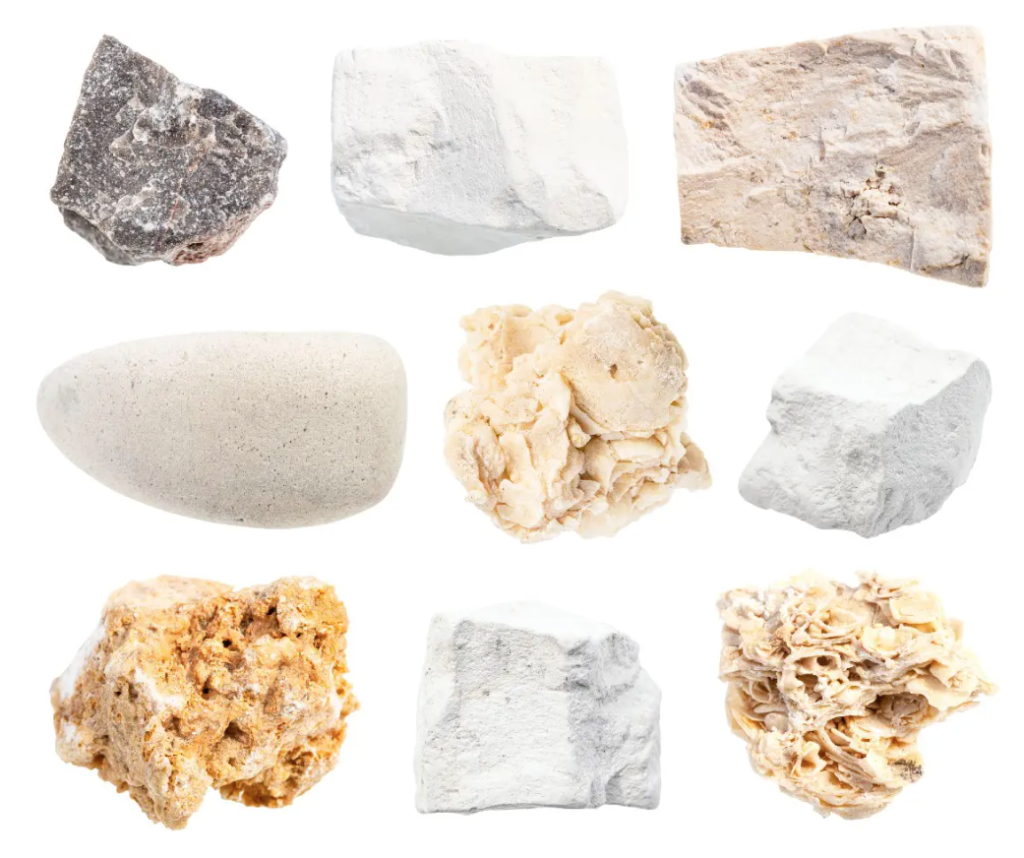Potential and doubts about enhanced rock weathering
(sustainabilityenvironment.com) – According to the report The state of carbon dioxide removal by the University of Oxford, Virtually all emissive scenarios that limit global warming below the 2 ºC of the latest IPCC report require the massive use of new carbon removal techniques (new CDRs). Those who do not foresee its use require very substantial and immediate cuts in greenhouse gases that seem far-fetched. Among the new CDRs mentioned are some more known and already experienced, such as direct capture from the air or biochar, and others less known as Artificial alkalization of the oceans (enhanced rock weathering). What is it about?
What is artificial alkalinization of the oceans?
Artificial alkalization of the oceans is a form of geoengineering that uses normal natural processes of rock deterioration, meteoric degradation, to store more carbon dioxide in the oceans.
The rains and the freshwater streams, flowing towards the sea, erode the rocks that meet and are enriched with minerals. The same thing happens through coastal erosion. This water, because of its chemical composition, makes the water of the oceans more alkaline. In turn, a less acidic ocean mass can trap more CO2 (acidification). The artificial alkalization of the oceans does nothing but replicate this natural process by enhancing it, that is, by increasing the amount of alkaline substances in the seas.
By sea and by land
How does the artificial “push” to the meteoric degradation occur? The techniques tested or hypothesized so far are different. They range from the introduction into the sea of large quantities of silicates or carbonate rocks to the use of olivine, a silicate on which the Vesta project is working, which involves crushing the mineral into grains the size of sand, spreading them on the beaches and let him thus enter the sea through tides and wave motion.
Read also Artic Ocean acidification is 4 times faster than in other seas
Another solution, instead, looks at agriculture instead of the sea and consists in the pulverization of basalts and their spreading on agricultural areas. This latter approach is followed, for example, by the CO2RE experiment of the UK Centre for Ecology & Hydrology: crushing rocks allows to increase in the surface exposed to the normal chemical reaction that the carbon alloy, while the dispersion on agricultural land allows the entry into the water cycle. According to the authors of the experiment, which will end in 2024, the enhanced rock weathering allows to storage CO2 safely in the oceans for 100,000 years, while the minority portion of carbon dioxide that would remain stored in the soil would have a horizon of at least 10,000 years.
The potential of enhanced rock weathering
What exactly is the impact of Artificial alkalization of the oceans remains to be determined precisely. According to some estimates, however, the beneficial potential would be enormous. The natural process, every year, captures about 1 Gt CO2. If we consider using this geoengineering technique on a global scale, 100 Gt CO2 could be removed from the atmosphere. To have a benchmark, today’s global emissions are “just” around 35-40 Gt CO2.
However, many doubts remain. First of all about the feasibility of such an operation. While it may seem climate-friendly, the impact on the climate and environment of a large-scale carbonate rock mining operation must be considered. Then there are doubts about the impact on marine life: from the possible creation of “dead zones“, that is areas where the change of the water pH makes it unsuitable for the species that populate it, to the effects widespread in the marine ecosystem starting from those on plankton.

